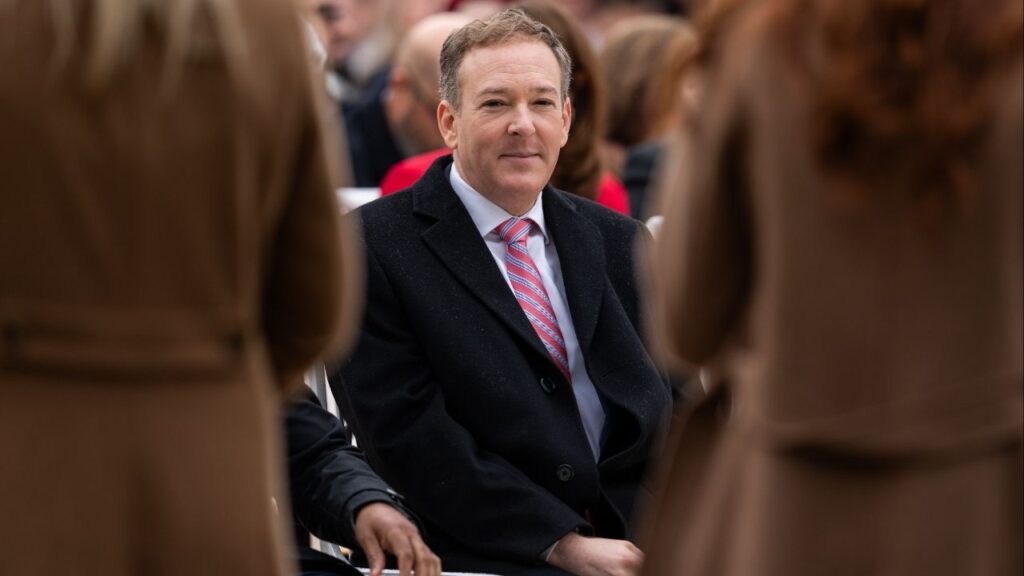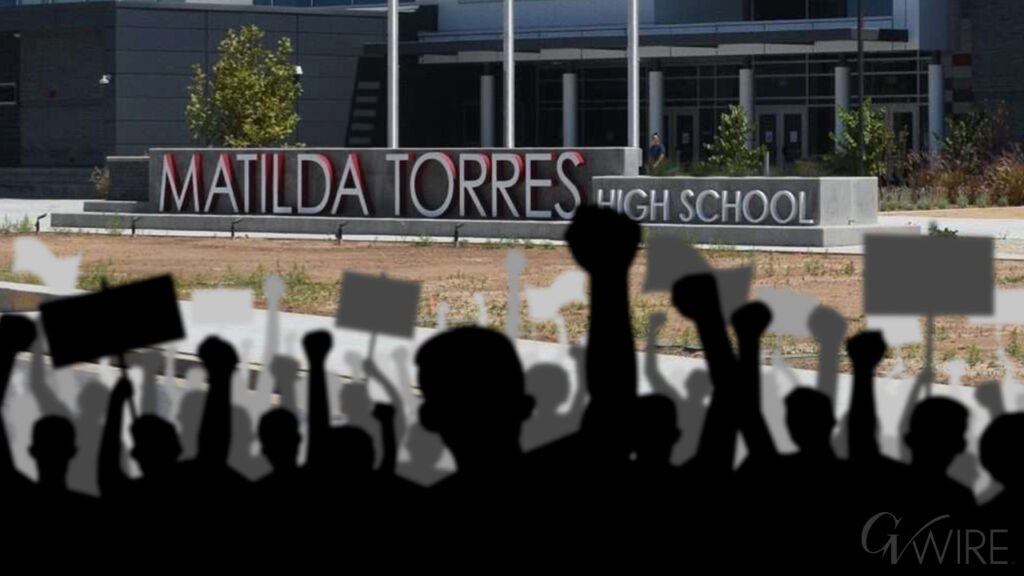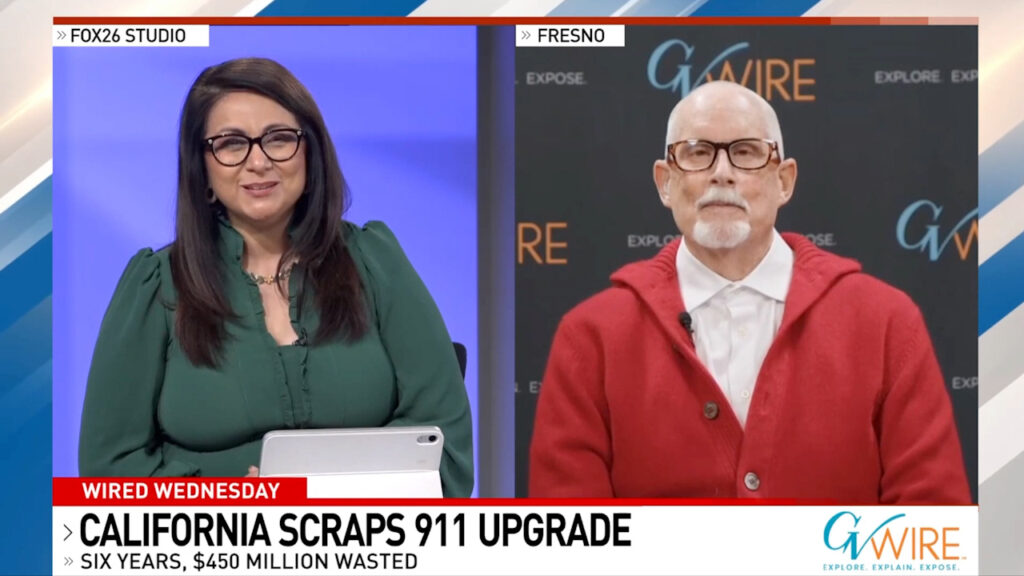AB 130, which was buried in California's latest state budget, will compound taxes on new homes, making housing far less attainable, says environmental attorney Jennifer L. Hernandez (GV Wire Composite)

- A new state law buried in the most recent budget adds hundreds of thousands of dollars to new home prices.
- The law comes as the city of Fresno will consider its own fees on vehicle miles traveled.
- The tax will price people out of their homes and go to paying for mass transit for other people in other places, said attorney Jennifer Hernandez.
Share
|
Getting your Trinity Audio player ready...
|
California came up with a law 12 years ago aimed to lower greenhouse gas emissions by limiting urban sprawl. Complex formulas predicted how far people in new home developments would drive to work, school, or shop and used that to decide how much to tax people in new developments outside the urban core.
Builders could lower those taxes on homes by building bus routes or adding bike lanes.
Some California agencies, however, said those bike lanes and bus routes weren’t lowering greenhouse gases enough, says environmental attorney Jennifer L Hernandez, a partner with Holland & Knight.
The California Air Resources Board wanted proof that people were choosing to ride the bus or a bike instead of driving, she said.
This year, politicians slipped into the budget a new rule that expands the vehicle miles traveled law in a way that will all but stop new market-rate home developments, she said. Instead of using bike lanes and bus routes, Assembly Bill 130 allows cities to use those housing taxes — called VMT — to finance the massive cost of building affordable housing.

“The people who drive the farthest are people who can’t afford to live close to their jobs. They also tend to not work in a central business district, and they also tend to work on shifts. They’re just totally screwed. It’s like — how many ways can you screw these people? And they tend to be brown people.” — Environmental attorney Jennifer Hernandez, partner, Holland & Knight
Potential taxes upward of $300,000 on a new home in San Diego and Los Angeles have stopped building in the outskirts of those areas, Hernandez said. Those same assessments also hit new apartment complexes.
“Imagine if they said in the Legislature, ‘we’re gonna put a $300,000-per-house surcharge in order to pay for affordable housing and transit. There’s no way the Legislature would have voted to approve that,” Hernandez said. “So they literally bury it in the nerd world called CEQA… It’s unbelievable what you can bury in CEQA.”
The law makes housing even more unattainable in a state beset by out-of-reach housing costs, she said. The exorbitant fees will likely compound onto VMT fees now being considered by the city of Fresno. And while interest groups work on a fix for VMT, Hernandez doubts whether the fix will come as it plays into the state’s strategy of eliminating cars and stopping new housing development.
“None of this works at a project level. To try to say projects need to make people drive less somewhere else is pretty loon ball,” Hernandez said. “We can’t afford the housing that’s being built already, right? L.A. County has like $990,000 median home price and something like 15% of people living in L.A. have an income that would be adequate to buy a house. So the idea of adding another $300,000 to each unit just means we’re not going to be building.”
(Disclaimer: GV Wire Publisher Darius Assemi is CEO and president of Fresno builder Granville Homes.)
Related Story: Fresno City Council to Weigh New Tax on Outward Growth Thursday
State Fees Will Compound Others Fresno Will Implement
By July 1, 2026, the state will have its rules for the mitigation fund, said attorney Arielle Harris, partner at Cox, Castle & Nicholson.
It especially impacts rural and suburban areas.
“This new fee-based mitigation tool for VMT impacts is more relevant to projects built in rural and suburban areas with no proximity to transit, where VMT impacts are often significant and unavoidable under CEQA,” Harris told GV Wire.
On Thursday, the Fresno City Council will hear its rules on VMT. To lower how much builders have to pay, city planners developed a list of 24 projects funded by the VMT tax — mostly pedestrian walkways and new or expanded bus routes.
The fees under AB 130 will likely be on top of existing fees like those the city council will consider, she said. Adding the AB 130 fees to existing fees will compound the cost for a new home or rents in a new market-rate apartment complex.
AB 130 Tax Hikes Price Low-Income Families Out First: Hernandez
California is one of the few states where new homes cost on average less than resale homes — by almost $200,000, according to Realtor.com. The Golden State has the biggest gap between new and existing home prices in the country.
The July new-home median price of $591,116 compares to the average resale home price of $784,798. Fresno’s housing prices are closer — with $468,000 for a new home, compared to $419,000 for an existing home, according to housing analytics company Zonda.
Homebuilders can also offer more aggressive loan rates and discounts not often seen with existing home sales, the Realtor report stated.
Punishing people for how far they drive typically falls heaviest on low-income families, Hernandez said.
“The people who drive the farthest are people who can’t afford to live close to their jobs. They also tend to not work in a central business district, and they also tend to work on shifts,” Hernandez said. “They’re just totally screwed. It’s like — how many ways can you screw these people? And they tend to be brown people.”
AB 130 squeezes areas already limited in housing. The median $591,116 price for a new home already prices out 73.7% of families, according to the California Building Industry Association. Every $1,000 increase prices out another 8,905 families, the study states.
Notoriously expensive San Diego will have a de facto freeze on new construction, according to the Building Industry Association of San Diego.
San Diego County’s VMT plan reduced new housing potential from 58,000 homes to less than 3,000 in viable areas, the industry group said.
“If the county’s goal is to stop housing development, their VMT policy has succeeded,” San Diego-based economist Gary London said. “However, if the goal is to reduce vehicle carbon emissions, the policy has failed miserably.”
People Exit Transit to Buy Cars: Hernandez
Numerous studies also show public transit doesn’t bring people out of poverty.
A 2005 study from the Journal of Urban Economics indicated that car access leads to more hours of work for welfare recipients with a work requirement and helped people
Ten years later, UCLA came to similar conclusions. That study found that families with housing vouchers who also had access to cars were twice as likely to find a job and stay employed. The UCLA study did note that public transit access was insufficient.
However, the University of Minnesota in 2023 looked at how many jobs people in cars could access versus public transit over certain travel times. In Fresno, a person on a bus for 10 minutes could reach 187 jobs. A person driving the same amount of time could reach 47,180 jobs. The difference between the two transportation methods grows exponentially the more time one spends traveling.
“Transit ridership has dropped precipitously. It still hasn’t recovered since COVID,” Hernandez said. “But pre-COVID, it dropped precipitously and the people who mostly left transit were low-income commuters who spent their first dollars to buy a car.”
Builders Clamor for Solutions to AB 130
Attorney Harris at a conference in Fresno in September said industry groups are working on fixes to AB 130.
Hernandez’s outlook at getting a fix is not good, however. She says the disagreements between interests are fundamental.
“Either we do or don’t build housing,” she said.
Under the law, Fresno’s proposed $296 per VMT cannot get to the state’s desired outcome, Hernandez said. Not even Lancaster’s $750 fee per VMT can prove it lowers travel miles, she said.
Whereas most people want safer roads with less congestion and safer shoulders, that doesn’t line up with Sacramento politics, she said.
“Our policymakers want people to not use cars. So what happens when there’s this fundamental disagreement between what people want and what our specialty agency policymakers want?” Hernandez said. “The answer to that is a four-letter word called CEQA.”



















